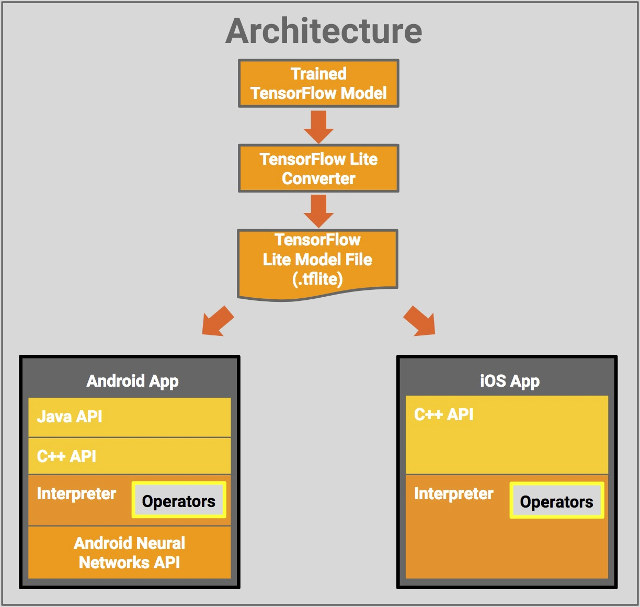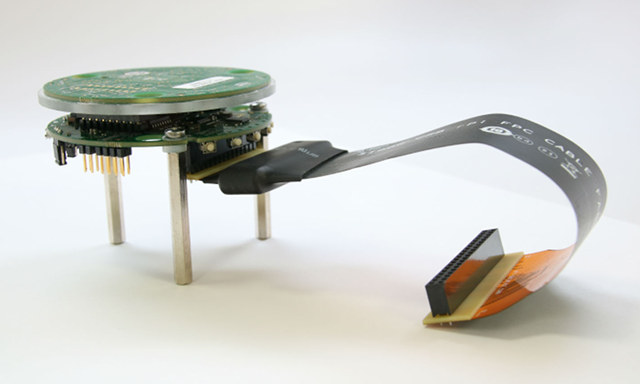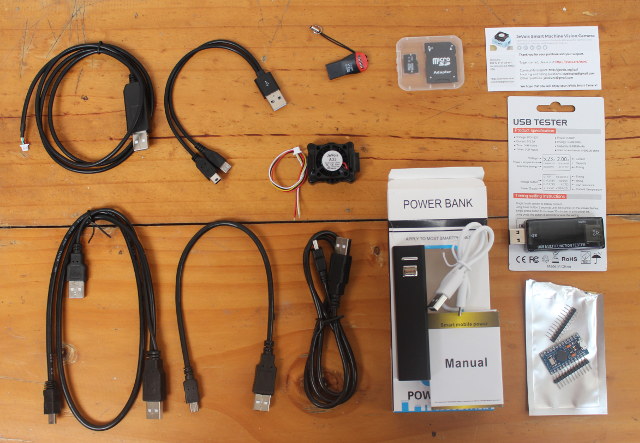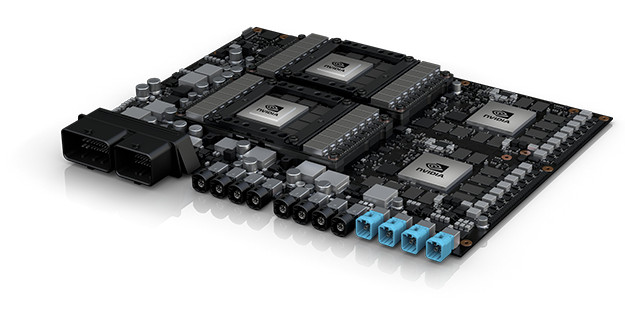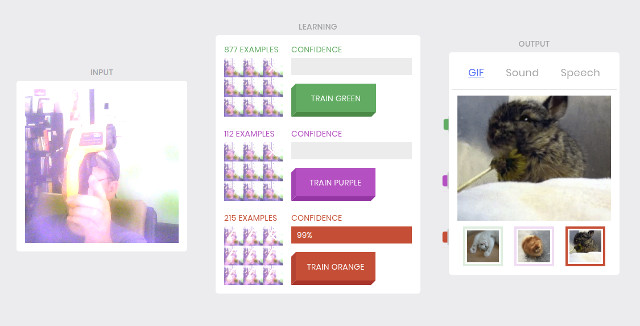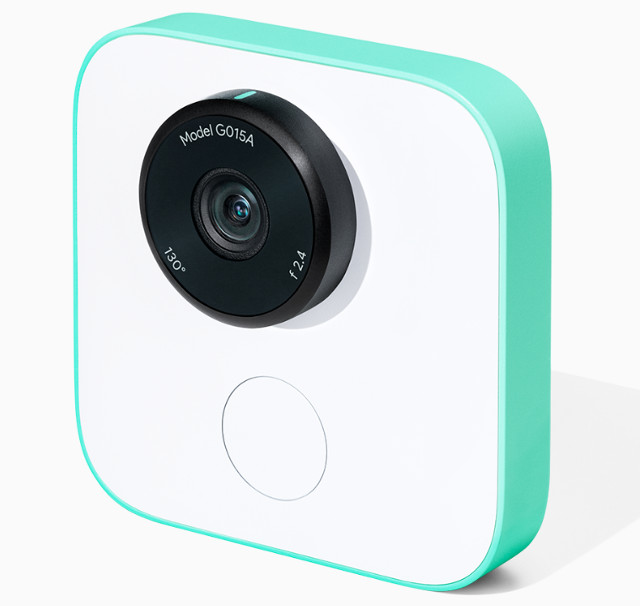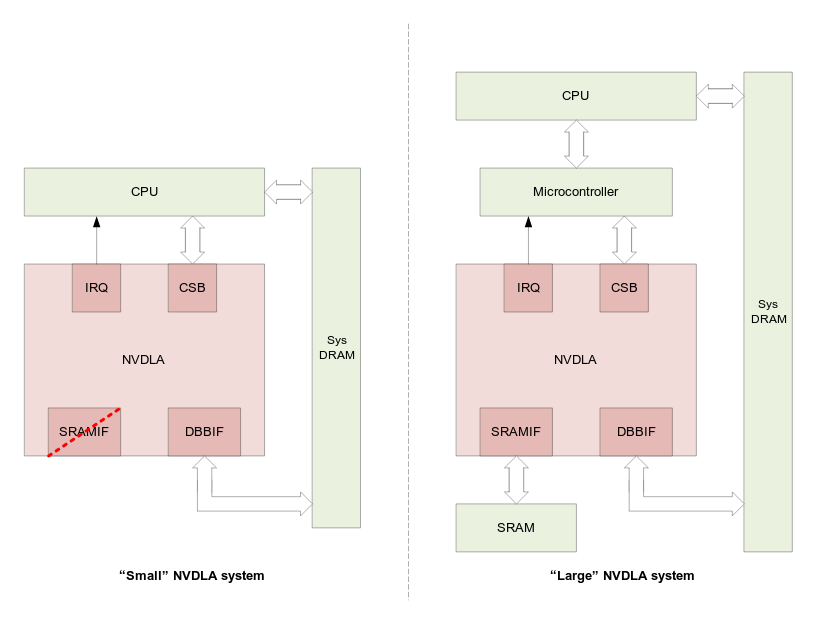Google mentioned TensorFlow Lite at Google I/O 2017 last may, an implementation of TensorFlow open source machine learning library specifically optimized for embedded use cases. The company said support was coming to Android Oreo, but it was not possible to evaluate the solution at the time. The company has now released a developer preview of TensorFlow Lite for mobile and embedded devices with a lightweight cross-platform runtine that runs on Android and iOS for now. TensorFlow Lite supports the Android Neural Networks API to take advantage of Machine Learning accelerators when available, but falls back to CPU execution otherwise. The architecture diagram above shows three components for TensorFlow Lite: TensorFlow Model – A trained TensorFlow model saved on disk. TensorFlow Lite Converter – A program that converts the model to the TensorFlow Lite file format. TensorFlow Lite Model File – A model file format based on FlatBuffers, that has been […]
Intel Speech Enabling Developer Kit Works with Alexa Voice Service, Raspberry Pi 3 Board
We’ve known Intel has been working on Quark S1000 “Sue Creek” processor for voice recognition for several months. S1000 SoC is based on two Tensilica LX6 with HiFi3 DSP, some speech recognition accelerators, and up to 8x microphones interfaces which allows it to perform speech recognition locally. The solution can also be hooked to an application processor via SPI, I2S and USB (optional) when cloud based voice recognition is needed. Intel has recently introduced their Speech Enabling Developer Kit working with Amazon Alexa Voice Service (AVS) featuring a “dual DSP with inference engine” – which must be Quark S1000 – and an 8-mic array. The kit also includes a 40-pin cable to connect to the Raspberry Pi 3 board. Intel only provided basic specifications for the kit: Intel’s dual DSP with inference engine Intel 8-mic circular array High-performance algorithms for acoustic echo cancellation, noise reduction, beamforming and custom wake word […]
JeVois Smart Machine Vision Camera Review – Part 1: Developer / Robotics Kit Unboxing
JeVois-A33 computer vision camera was unveiled at the end of last year through a Kickstarter campaign. Powered by an Allwinner A33 quad core Cortex A7 processor, and a 1.3MP camera sensor, the system could detect motion, track faces and eyes, detect & decode ArUco makers & QR codes, follow lines for autonomous cars, etc.. thanks to JeVois framework. Most rewards from KickStarter shipped in April of this year, so it’s quite possible some of the regular readers of this blog are already familiar the camera. But the developer (Laurent Itti) re-contacted me recently, explaining they add improves the software with Python support, and new features such as the capability of running deep neural networks directly on the processor inside the smart camera. He also wanted to send a review sample, which I received today, but I got a bit more than I expected, so I’ll start the review with an […]
NVIDIA DRIVE PX Pegasus Platform is Designed for Fully Autonomous Vehicles
Many companies are now involved in the quest to develop self-driving cars, and getting there step by step with 6 levels of autonomous driving defined based on info from Wikipedia: Level 0 – Automated system issues warnings but has no vehicle control. Level 1 (”hands on”) – Driver and automated system shares control over the vehicle. Examples include Adaptive Cruise Control (ACC), Parking Assistance, and Lane Keeping Assistance (LKA) Type II. Level 2 (”hands off”) – The automated system takes full control of the vehicle (accelerating, braking, and steering), but the driver is still expected to monitor the driving, and be prepared to immediately intervene at any time. You’ll actually have your hands on the steering wheel, just in case… Level 3 (”eyes off”) – The driver can safely turn their attention away from the driving tasks, e.g. the driver can text or watch a movie. The system may ask […]
Google’s Teachable Machine is a Simple and Fun Way to Understand How Machine Learning Works
Artificial intelligence, machine learning, deep learning, neural networks… are all words we hear more and more today, as machines get the ability to recognize objects, answer voice requests / commands, and so on. But many people may not know at all the basics of how machine learning works, and with that in mind, Google launched Teachable Machine website to let people experiment and understand the basics behind machine learning without having to install an SDK or even code. So I quickly tried it with Google Chrome, as it did not seem to work with Mozilla Firefox. It’s best to have audio on, as a voice explains how to use it. Basically you connect your webcam, authorize Chrome too use it, and you should see the image in the input section on the left. After you’re being to train the machine in the learning section in the middle with three difference […]
Google Clips is an A.I. Camera Powered by Movidius Myriad 2 VPU
Most consumer cameras offers some ways for the photographer to check the framing of the picture, such as a viewfinder or LCD display, before pressing the button. The first time I saw a consumer camera without such features was with MeCam, a tiny snap-on camera that you can wear on your shirt, and just press a button to take a picture. Convenient, but no ideal as subjects were often out of frame with the camera pointing at the wrong angle. That was in 2013. But today, those cameras can be improved with artificial intelligence, and Google Clips is a camera without viewfinder nor LCD display that can allegedly take good photos – or short clips – automatically, acting in some ways like a human photographer, so that every human in the room / the whole family can be on the shot. Google Clips specifications: Vision Processing Unit – Movidius Myriad […]
Google Introduces Pixel 2 and Pixel 2 XL Smartphones running Android 8.0 on Snapdragon 835 SoC
When Google introduced Nexus brand, it aimed to provide affordable yet decently spec’d Android smartphone. The Nexus has now been deprecated, Google left the low/mid range market, leaving other fills the void, and instead launch the Pixel brand for premium devices. The company announced several new hardware devices yesterday, including two new Pixel smartphones: Pixel 2 and Pixel 2 XL, both powered by a Qualcomm Snapdragon 835 processor, and running the latest Android 8.0 Oreo. Both phones share most of the same specifications: SoC – Qualcomm Snapdragon 835 with 4x Kryo 280 “performance” cores @ 2.35GHz, 4x Kryo 280 “efficiency” cores @ 1.90GHz, Adreno 540 GPU, security module System Memory – 4GB LPDDR4x Storage – 64GB or 128GB flash Display Pixel 2 – 5.0″ always-on AMOLED display with 1920×1080 resolution (16:9 aspect ratio); 2.5D Corning Gorilla Glass 5 Pixel 2 XL – 6.0″ always-on pOLED display with 2880×1440 resolution (18:9 […]
NVIDIA Unveils Open Source Hardware NVDLA Deep Learning Accelerator
NVIDIA is not exactly known for their commitment to open source projects, but to be fair things have improved since Linus Torvalds gave them the finger a few years ago, although they don’t seem to help much with Nouveau drivers, I’ve usually read positive feedback for Linux for their Nvidia Jetson boards. So this morning I was quite surprised to read the company had launched NVDLA (NVIDIA Deep Learning Accelerator), “free and open architecture that promotes a standard way to design deep learning inference accelerators” The project is based on Xavier hardware architecture designed for automotive products, is scalable from small to large systems, and is said to be a complete solution with Verilog and C-model for the chip, Linux drivers, test suites, kernel- and user-mode software, and software development tools all available on Github’s NVDLA account. The project is not released under a standard open source license like MIT, […]


